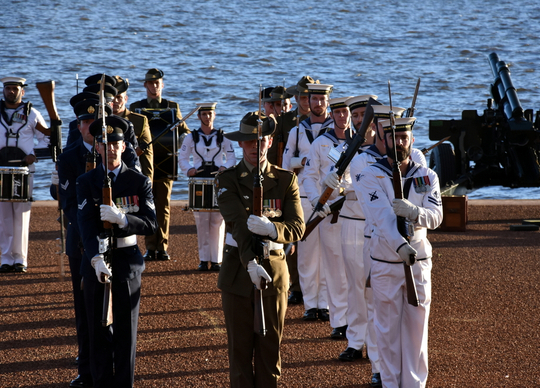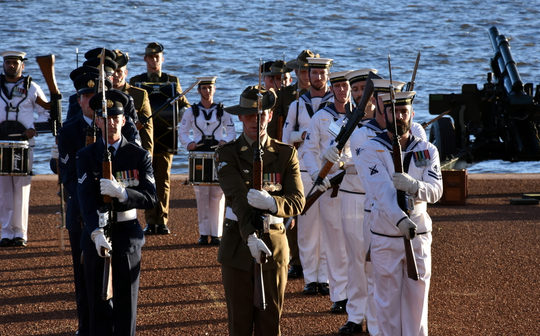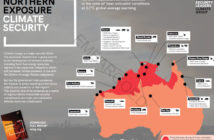
By Staff Writer.
Boeing Defence Australia’s Chief Technology Officer is warning that without reform, emerging threats over the next few decades may overwhelm the Australian Defence Force (ADF) warfighting capabilities.
Hugh Webster says the defence industrial base in Australia and elsewhere is now at a critical juncture, and without philosophical and actual reform, defence forces risk losing much-needed capabilities.
Speaking at the Air and Space Power Conference in Canberra this week, Mr Webster said Boeing’s in-house strategic intelligence report indicated that the capability gap between what Western defence forces need and what those forces have or are going to get is large.
“The cost to sustain increasingly more complex weapon systems is steadily growing. The pace of acquisition process reform is never going to solve that capability gap because the fundamental design addresses internal process contests rather than warfighter capability contests,” said Boeing’s CTO.
“Industry is concerned that without philosophical and actual reform and then acceleration, our forces will not be adequately able to deal with threats in the coming decades.”
Australia hosts Boeing’s largest operation outside its United States home base. Boeing Defence Australia (BDA) is a major player in Australia’s defence industry and critical to the ADF’s defence systems design and development.
BDA supports fleet reliability, aircraft availability and capability for more than 50% of the ADF’s aircraft types, including the E-7A Wedgetail, P-8A Poseidon, F/A-18F Super Hornet, EA-18G Growler, F/A-18 Classic Hornet, CH-47 Chinook, C-17 Globemaster and the Airbus EC-135 helicopter.
As a pillar of Australia’s defence industry, Hugh Webster has been watching the steady structural decline in the defence industrial capability in Australia and elsewhere with concern.
He says that capacity decline has been aided and abetted by a focus on free-market forces, shareholder returns, and manufacturing trends like outsourcing and offshoring.
But the CTO also took aim at defence, saying the ADF focuses too much on value for money outcomes that lean towards the lowest cost solutions for an acceptable capability – and that deters vital private sector innovation and investment.
“This can’t just be solved with more money or a little bit of Australian ingenuity where we cobble together something novel using chicken wire and fence posts. It’s going to require a large-scale industry in defence rethink,” he told an audience that included Royal Australian Air Force Chief Mel Hupfield.
“Our combined challenge to create and sustain a defence industry base advantage that is enduringly innovative, leverages the breadth and diversity of Australian and international expertise and continually delivers real sustained capability outcomes for the warfighter.”
The CTO argues that the ADF needs to better adapt emerging technologies like AI biotechnology, non-kinetic weapons, and the internet of military things and merge those new technologies into military use on legacy platforms.
“Does the rapid evolution of technology give us an opportunity to rethink what life of type means?” Mr Webster asked. He criticises the way current procurement contracts discourage innovation and development. The entrenched lack of agility and speed and an unwillingness to experiment and innovate are holding the ADF and Western defence forces back.
Boeing Defence Australia’s CTO says the ADF needs to rethink established norms around capability lifecycle and acquisition machinery that currently veers towards risk conservative, linear, and probity-driven processes.
“We need to remember that while our organisations sometimes want to conduct endless reviews and generate mountains of PowerPoint jobs, adversaries are busy building their warfighting capability.”






